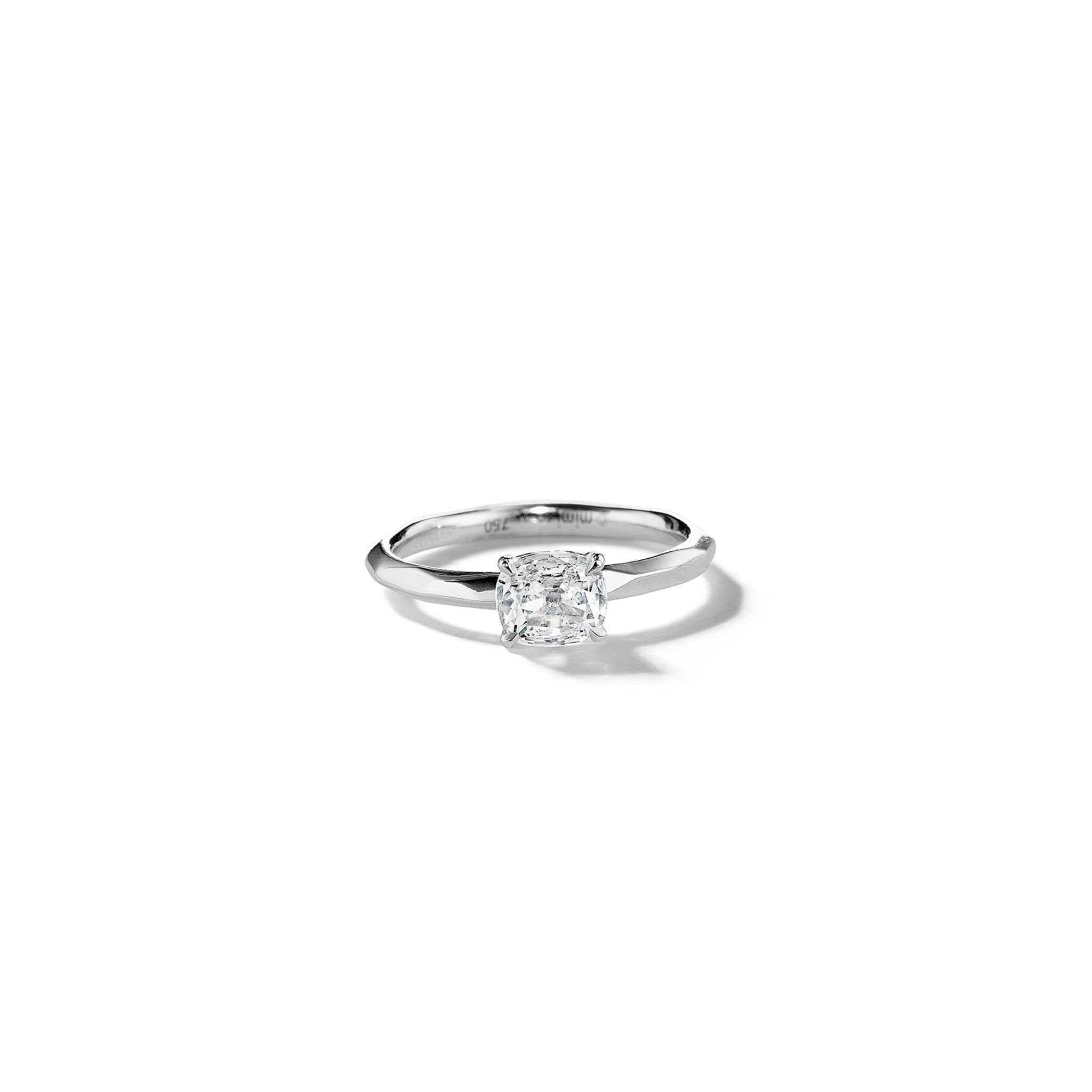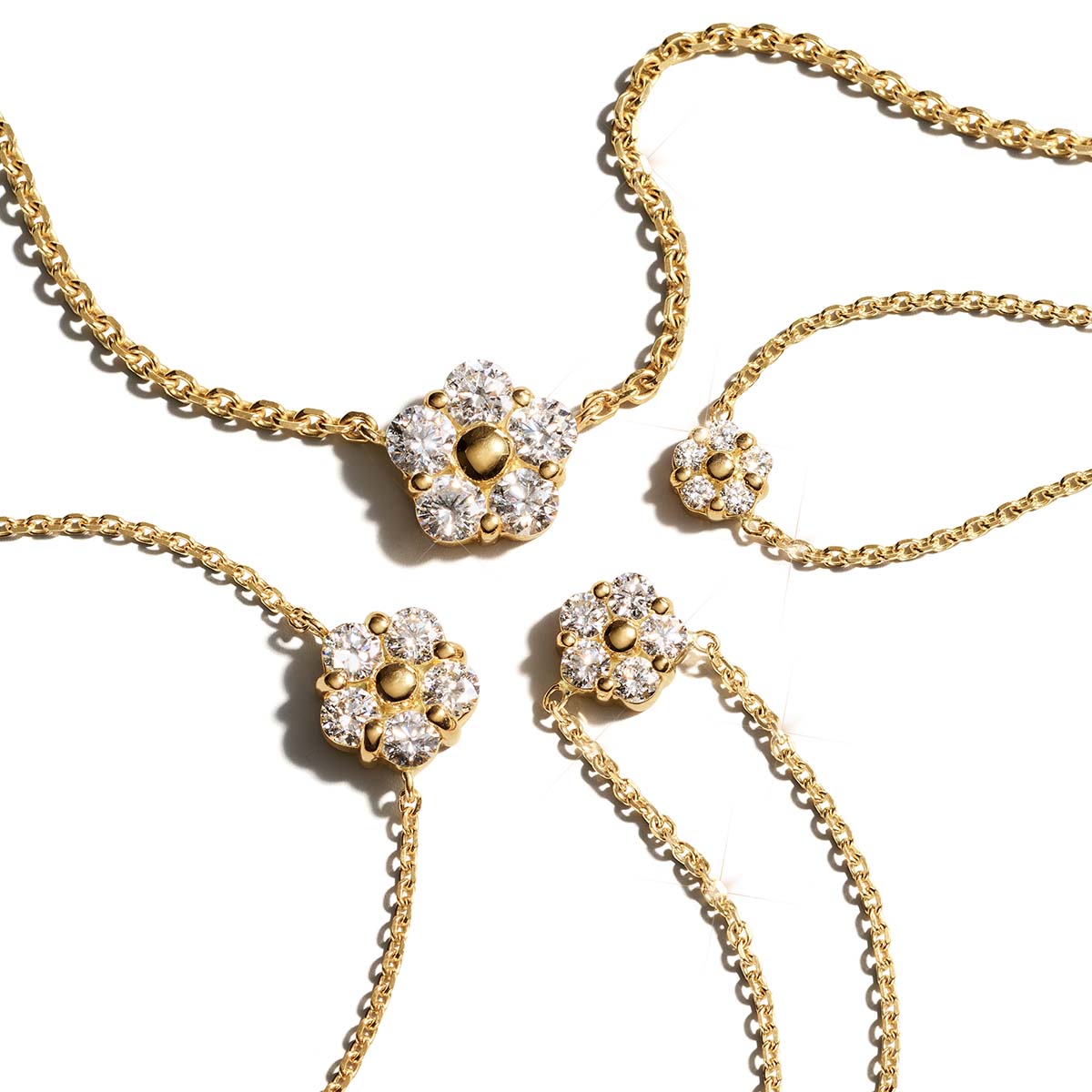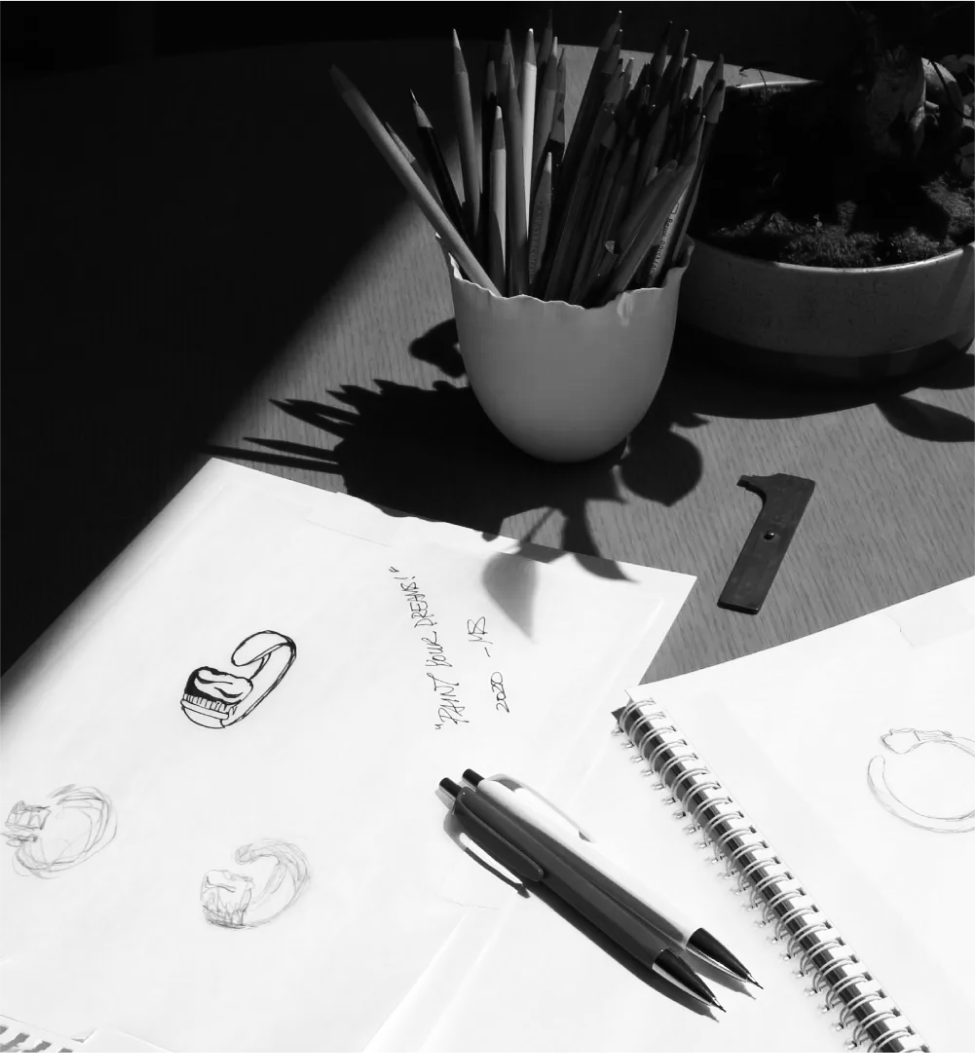Carat Meaning in Jewelry Glossary
Carat (ct.): The unit of weight for gemstones, equal to 200 milligrams. It measures weight, not size, and helps determine a stone’s value.
In fine jewelry, especially when it comes to diamonds and precious gemstones, carat weight is one of the most important terms to understand. Carat refers to the standard unit of weight used to measure gemstones, and it plays a central role in determining a stone’s size, value, and rarity. While many buyers equate carat with physical size, in reality, it measures weight, and a gem’s cut and proportions also influence how large it appears.
Diamond Carat Weight Explained
Carat weight directly influences both the look and the value of a diamond. While a heavier stone often carries greater presence, the way it is cut determines how it appears to the eye. Two diamonds of the same carat weight can look different in size if one is cut deep and another shallow.
What Does Carat Mean in Jewelry?
The word carat (ct.) is the universal metric unit for gemstone weight. One carat equals 200 milligrams (0.2 grams).
- A diamond that weighs 1 carat may appear larger or smaller than another 1-carat diamond depending on its cut quality.
- Other gemstones, like sapphires or emeralds, may also look larger or smaller at the same carat weight due to their natural density.
This is why jewelers emphasize more than just carat weight when evaluating a stone’s beauty.
The History of Carat
The term carat comes from the carob seed, which ancient gem traders once used as a natural weight standard because of its uniform size. In 1907, the metric carat (200 milligrams) was officially adopted worldwide, ensuring consistency in the gemstone trade.
Carat vs. Karat – What’s the Difference?
It’s easy to confuse carat with karat:
- Carat (ct.) → Measures gemstone weight.
- Karat (K) → Refers to gold purity, with 24K representing pure gold.
At Mimi So, you’ll see both terms when exploring our collections—for instance, a 1.5-carat diamond set in 18K yellow gold.
The 4Cs: Carat Weight and Diamond Quality
Carat weight is one of the Four Cs of Diamonds (alongside Cut, Color, and Clarity). Together, these factors determine a diamond’s overall quality and value.
- Carat weight affects rarity and price.
- Cut determines brilliance and sparkle.
- Color measures the presence or absence of hue.
- Clarity evaluates inclusions and imperfections.
A smaller diamond with an excellent cut and clarity may look more radiant than a larger diamond with poor cut proportions.
How Carat Affects Diamond Size and Price
- Size Appearance
- Larger carat diamonds tend to have more presence, but the cut will determine whether they look bigger or smaller to the eye.
- Price Impact
- Diamond prices increase exponentially with carat weight.
- For example, a 2-carat diamond of fine quality is much rarer (and therefore more expensive) than two 1-carat stones combined.
Popular Carat Milestones
Certain carat weights are seen as milestones when choosing diamonds:
- 0.50 carat – A refined yet classic choice.
- 1.00 carat – The timeless benchmark for engagement rings.
- 1.50–2.00 carats – Luxurious, statement-making sizes.
These thresholds often influence buying decisions, though beauty should always take priority over hitting a number.
Carat in Colored Gemstones
Carat applies to all gemstones, but each species has a different density:
- A 1-carat sapphire may appear smaller than a 1-carat diamond.
- A 1-carat emerald often looks larger due to lower density.
This is why Mimi So’s designers evaluate carat weight alongside dimensions and visual balance, especially when creating bespoke colored stone jewelry.
How to Choose the Right Carat Weight
When selecting a gemstone, consider:
- Lifestyle: Larger stones may require protective settings for daily wear.
- Budget: Carat affects price, but choosing the right cut can maximize brilliance at any weight.
Personal Expression: A 0.90-carat diamond with excellent cut can be more stunning than a poorly cut 1-carat diamond.
FAQs
Not necessarily. A smaller, well-cut diamond may look more brilliant than a larger, poorly cut stone.
No—brilliance is influenced primarily by cut quality, not carat weight.
Pricing varies widely depending on cut, clarity, and color. Larger carat weights are rarer and therefore more valuable.




